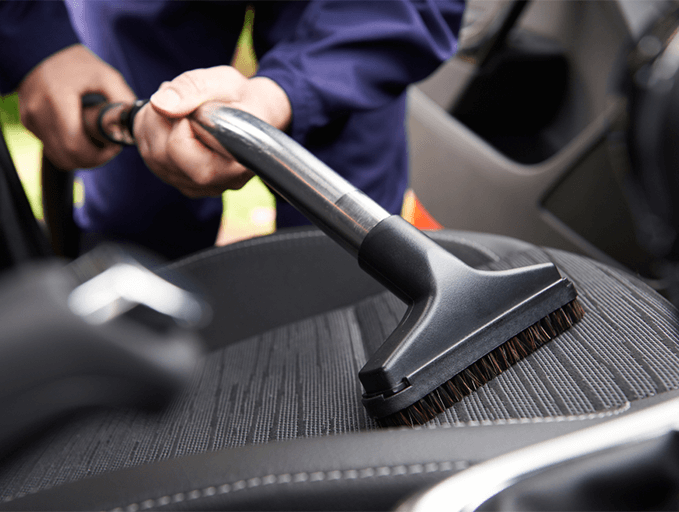Why the inside of your car is filthier than a toilet seat

– –
Do you know that your car could be hosting the most germs compared to your toilet? Well researchers in the UK say cars are not only filthy on the outside but inside too.
In fact cars host more germs of significantly higher levels than the average toilet seat, according to a study by researchers at Aston University in Birmingham, UK.
The researchers say they collected swab samples from the insides of five used cars and compared them with swabs from two toilets.
They found in most cases high levels of bacteria in the cars, equaling or exceeding the bacterial contamination found on the toilets.
The area that host highest concentrations of bacteria were discovered in the trunk of the car or boots.
– –
The next place to host higher levels of germs it the driver’s seat, then the gearstick, back seat, and dashboard.
The researchers though said the steering wheels had the lowest amounts of bacteria of all the areas tested.
According to them that’s likely because people have used more hand sanitizer during the COVID-19 pandemic than they did before.
E. coli bacteria
The study revealed that E.coli is likely to be found in every boot and potentially on your driver’s seat. The E. coli bacteria can cause serious food poisoning.
– –
The researchers took samples from car interiors with varied ownership histories, hoping to establish bacterial contamination levels within vehicles and to highlight how thoroughly people clean their cars.
The results of the study showed that motorists should be cleaning the inside of their cars more frequently, with harmful bacteria likely to be discovered in most cars out on the road today.
More commonly known as faecal bacteria, the findings pose a clear concern for anyone that puts their fruit and vegetables in the boot after a trip to the shops or enjoys a drive-thru dinner in the driver’s seat.
Filthiest places in a car
The researchers identified the filthiest areas of a car:
- Boot – 1,425 bacteria identified
- Driver’s seat – 649 bacteria identified
- Gearstick – 407 bacteria identified
- Back seat – 323 bacteria identified
- Dashboard – 317 bacteria identified
- Steering wheel – 146 bacteria identified
Jonathan Cox, a microbiologist and lead author of the study was quoted by DW as saying that they found large traces of E. coli in the trunk, or boot, of the cars.
“We tend to care a little bit less about cleanliness in the boot of our cars because it’s the main place we put things to transport them from A to B,” said Cox.
Cox explained that people often transport pets or muddy shoes in the trunk, something that may explain the high levels of E. coli.
“These results highlight that we should change how we think about our cars and cleanliness. Often, we will clean our cars based on whether they ‘look’ clean versus whether they actually are clean. But you would never even think about eating off your toilet seat,” Cox said.
He also noted that the researchers “hope the results of this study help to highlight the importance of taking good care of your car inside and out. It’s worth thinking about how often you clean the inside of your house and apply the same thought process to your car, especially if you tend to drive it every day”.
Source: Africafeeds.com




